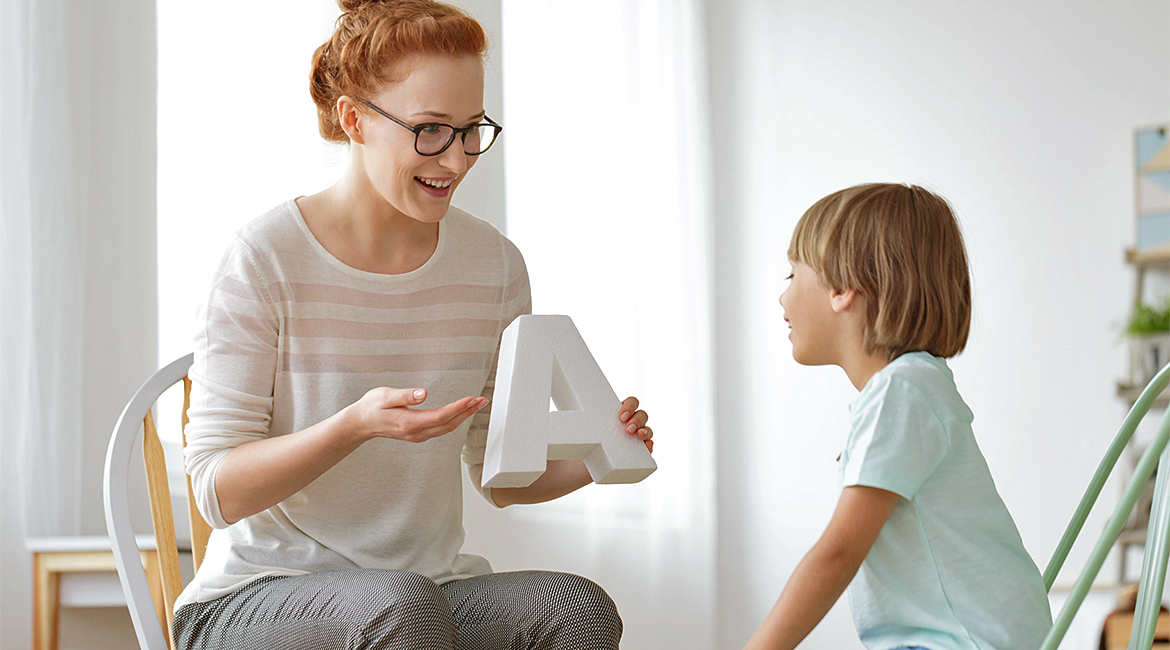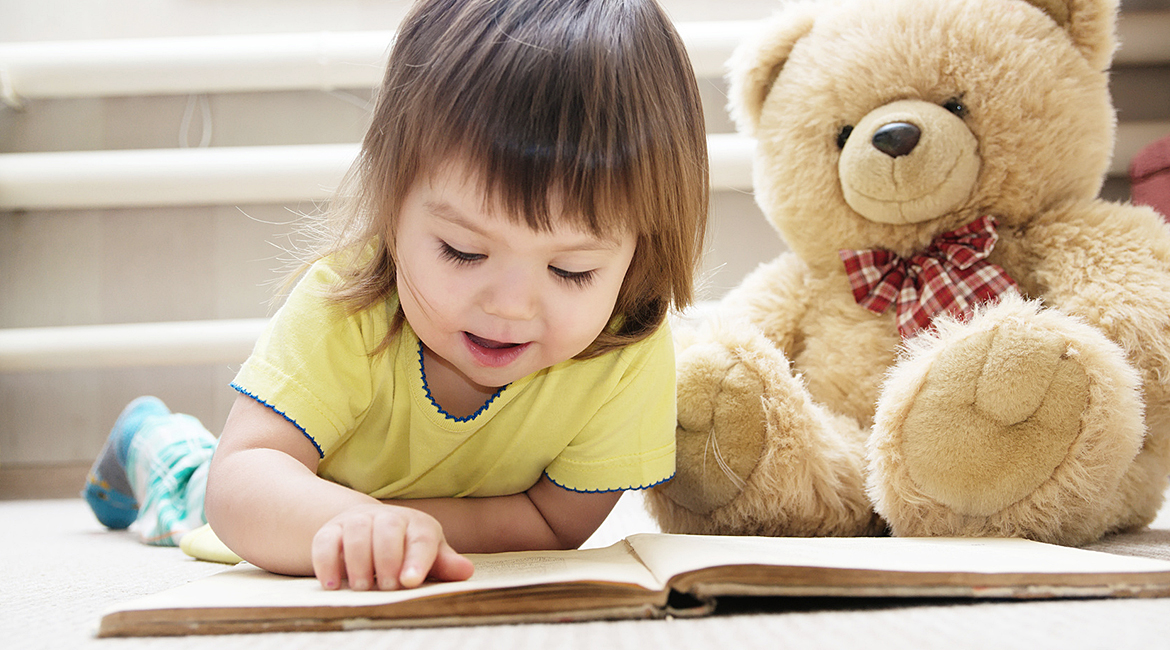Learning two languages simultaneously requires time and effort. Teaching two languages to someone else, like your child, could be an even bigger endeavor. But is it worth the effort? Research has linked bilingualism not only to an increased academic ability but enhanced creativity, cognitive flexibility, and better cross-cultural understanding. There is even scientific research that shows that learning a second language decreases the “negative stereotypes about other groups.”[1] Another important advantage is related to the fact that bilingual children seem to have an easier time understanding “that one perspective is not better or worse than another, only different.” This is an ability associated with interpersonal success.
Not an easy project
Even children raised in multilingual or bilingual families do not necessarily become fluent in a second language. Context, type of community and the language spoken at school are usually big influencers of what language becomes dominant and preferred for the child. Speaking occasionally to your children in a second language might help them get familiar with that language. However, if you want them to be truly bilingual, you will need a more explicit approach. Being truly bilingual requires consistent effort to develop and create meaningful situations in both languages. This includes a plan that fits your specific family needs, along with the persistence to follow it and persevere over time.
It is never too early and never too late
To successfully raise bilingual children there are some things you need to keep in mind and put into action as soon as possible. Although it might be true that the sooner the better when acquiring a new language. Not having started early doesn’t mean it is too late for your child. Even though we intuitively know that starting late is better than having never started, the number of parents who never start because they feel it is too late is surprisingly high. So, start as soon as you can and remember these principles to raise bilingual children effectively:
Make a plan
Identify your family goals. Do you want your kids to be literate in both languages? Do you want them to communicate with other family members in the non-dominant language? Do you want them to be able to live and study in a different country? Once you know what you need, you will be able to make decisions about the best strategies for your kids to develop two languages simultaneously. Parents need to talk about how bilingualism will be achieved.[2] Decide the kind of tools and resources you will use, determine an intensity level that best fits your needs and anticipates different ways you will handle possible challenges. You need to know exactly what you are going to do and how are you going to do it. When designing your plan keep in mind that the choice of the strategy will depend on: the level of language proficiency of the parents, availability of bilingual caregivers, what is being taught at school, what kind of community you live in, your child’s learning style and what other resources you can use.
Make it fun
Keeping the learning process a source of joy will help you sustain your efforts over time. Excitement is a powerful motor. If you and your child enjoy the time you spend exploring the second language, your results will be vastly improved. Also, take it easy. Even though feedback is fundamental to master a new language. It is not necessary that you correct all the mistakes your child makes right away. Sometimes it is better to let small mistakes slide to build fluency and to protect self-esteem. Selective feedback builds confidence. As King and Mackey point out in their book about bilingualism: “With excessive corrections, your children might be less motivated to talk.” Your initial focus should be on being able to communicate and to convey a message. Grammar can be honed with time.
Promote massive exposure
Practice makes perfect. This is especially true when we are talking about learning languages. Make sure your child constantly has an interactive language input. Increasing your child’s familiarity with the language you are trying to actively promote will make the process much less laborious. Choose a bilingual nanny or ask a family member to support you in case you can’t talk to your child as much as needed in the second language. Sing, read and play in the language you are actively trying to teach. Take advantage of every opportunity to employ the second language and create engaging experiences around it.
Be patient
It can take longer to acquire two languages than one. This possible delay doesn’t occur because one language obstructs the acquisition of the other. Instead, it seems to be associated with the division of time between both languages and the inevitable decreased amount of exposure resulting to each. When the exposure time is divided. Your child is getting half of the practice time he would have had had he just had been exposed to one language. However, research has found this delay to be temporary. Although, one of the languages will inevitably become more dominant. Also, don’t worry if your child mixes both languages. As Erika Hoff states, there is no evidence that concludes that mixing indicates confusion. [3]
Remember your long-term goals
It can be frustrating to feel you don’t have enough energy to expose your child to two different languages. Sometimes you may feel there is no progress at all. Even worse, you can feel your children are having undesirable effects, like some sort of language delay, from a bilingual approach. These can be temporary stepbacks. Your child might seem to initially have a slower rate of progress but in the long run, the benefits will be evident. Just remember that consistency is key. Learning a second language will boost your child’s cognitive abilities. Just keep in mind that research has found that “for the many cognitive advantages of bilingualism to kick in, children need to reach relatively high levels of proficiency in both languages” So, plan your strategy and get going! Happy learning!
Sources:
[1] King and Mackey. The bilingual edge: The ultimate guide to why, when and how. [2] Rosenberg. Raising Bilingual Children. The Internet TESL Journal. Reprinted from: The Ambassador, The American School in Japan Alumni & Community Magazine (1996) [3] Baker. Foundations of Bilingual Education and Bilingualism (Bilingual Education & Bilingualism). Multilingual Matters; 5 edition (2011)
About the Author:
Laura Pacheco Bennett is a researcher and psychologist who is passionate about human development. She has worked in social projects empowering vulnerable communities and she especially loves working with children. Her experience includes over five years conducting evidence-based psychotherapy and the direction of a dependency treatment center where different approaches were tested to achieve a higher remission rate. Her background includes designing, implementing and assessing programs to develop psychological skills like assertive communication, coping with grief and loss, social skills, self-esteem, child development, effective learning, and resilience.



